“Luna Luna: Forgotten Fantasy” Enchants Los Angeles
A vision of the world’s first art amusement park which first ran in Hamburg, German for three months during the summer of 1987
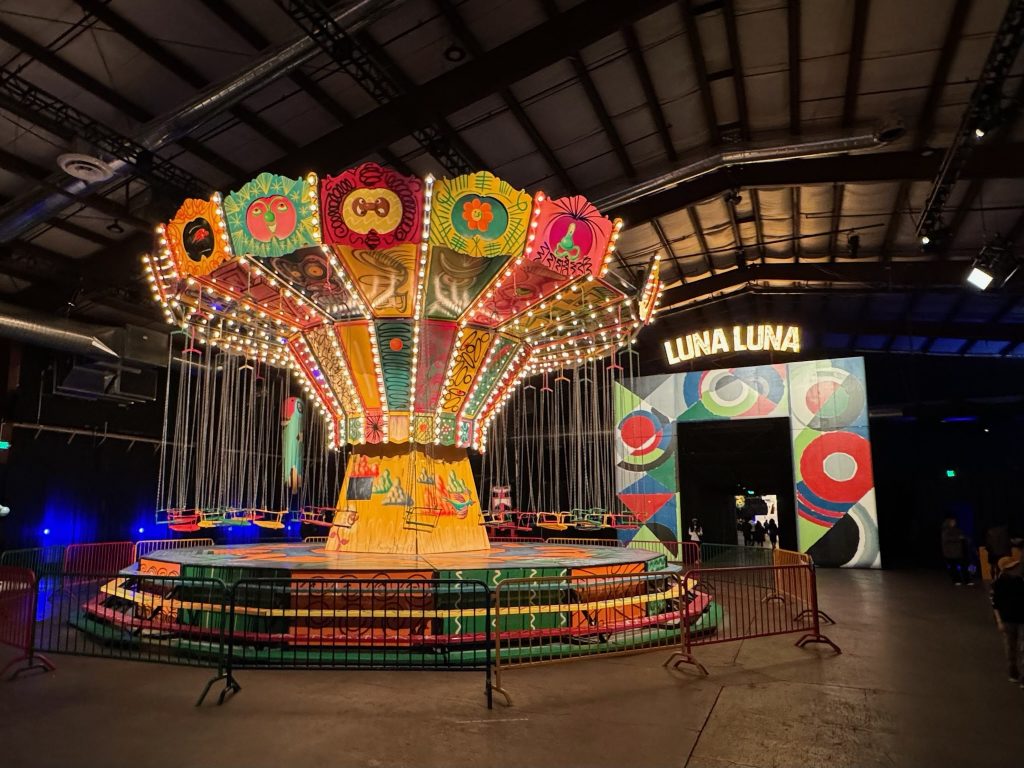
Driving around Los Angeles you might pass a car painted with one of Kenny Scharf’s signature KARBOMBZ. His colorful and smiley blob faces on hoods and doors throughout the southland are easy to spot. In 1985 Scharf was splitting his time between New York and Bahia, Brazil, where he was metamorphosing his family home into a colorful and immersive art space, just a few years before Austrian artist André Heller would ask him to be part of his vision for the world’s first art amusement park, Luna Luna in Hamburg, Germany.
Now in Boyle Heights, just east of Downtown LA, the highly anticipated exhibition Luna Luna shows visitors what several artists created in the 1980s to help bring Heller’s vision to life. “Los Angeles felt like a natural first stop for Luna Luna: Forgotten Fantasy, as our team has been working in LA reassembling the original park since transferring the 44 containers from rural Texas in January 2022,” says Michael Goldberg of the media company DreamCrew, which was founded by the recording artist Drake.

From Scharf’s presence in the original iteration of this art experience, to his ever-visible adorable smiley faces zooming around town, it feels as if Luna Luna was meant to land in the City of Angels. “Even before planning Forgotten Fantasy, LA had become a part of the Luna Luna story,” says Goldberg. “And the city will forever be a part of Luna Luna’s history as the park continues to tour the world.”

Now extended through the spring, the response by the crowds in Los Angeles has been overwhelmingly positive. “We honestly couldn’t have imagined such an incredible response. Seeing young families, friend groups, dating couples, tourists, seniors and everyone in between line up before our doors open and then leave hours later, smiling ear-to-ear, has been really moving for the whole team,” adds Goldberg.
As people gather each day in front of the large warehouse, they are greeted by a vibrant puffy tent designed by Heller with horn-shaped spikes jutting out into the sky. Inside visitors have been promised a vision of the world’s first art amusement park that only ran in Hamburg for three months during the summer of 1987.

Back then a lawsuit led to a delay in reopening and eventually the Jean-Michel Basquiat ferris wheel, Salvador Dali pavilion and Keith Haring carousel were packed away in containers and largely forgotten and later transported to rural Texas. Now with many of the attractions reassembled, visitors are led into a darkened corridor and the world of Luna Luna unfolds like the pages of a rare storybook discovered in a deep corner of a magical bookstore.

The lights and sounds of a carnival sit deep within our psyche. These are the moments of wonder and fear when we were young, the thrills of the rides, sight of glowing lights, and the feeling of carrying large plush prizes around in the dark. Tiny local fairs and large amusement parks draw in people of all ages. That is just what Heller was thinking about when he was formulating art experiences to appeal to a large audience in a fun, visceral way. His dream of merging aspects of the world of art and amusement parks ignited a spark that led to creating Luna Luna.

When Goldberg was asked if he had met anyone who had attended Luna Luna during that original summer he replies, “One of the first days we were open, I met a woman who told me about attending the original in Hamburg. She explained that she couldn’t decide if her memories of attending were a dream or reality, as she had such vivid memories, but had no photos. Years later, she found a journal documenting her frustration that she didn’t bring a camera to Luna Luna, but had the most incredible experience. Now, with Luna Luna: Forgotten Fantasy, she gets to make new memories and get those photos she always wanted.”

Sonia Delaunay created the entrance archway that depicts colorful geometric shapes to set the tone for the whimsical collage of the artists’ contributions. Arik Brauer’s surrealist wolf, mermaid and butterfly are the seating for his carousel. Visitors get to see the cars of the Ferris wheel that Basquiat restored to rotate with the sounds of Miles Davis’ “Tutu.”

Music plays a strong role. Salvador Dali’s geodesic Dalidom evokes the feeling of entering a funhouse. A song by Blue Chip Orchestra provides the soundtrack for this immersive light experience. Philip Glass music plays in the Roy Lichtenstein Pavilion. David Hockney’s Enchanted Tree—a cylindrical pavilion, painted with geometric trees—is filled with the sounds of a selection of waltzes by composers Johann and Josef Strauss.

Haring’s carousel is composed of seating made out of colorful versions of his outlined people and animals. Scharf designed his own version of a chair ride, known as a wave swinger, as well as free-standing large cartoon figures. The exhibit shows these attractions, and a few others, with archival photos of the process of planning and assembling all of the elements. An elaborate timeline flanks one wall—and a small amphitheater is set up to show film footage to help imaging what it was like to be there in 1987. And although there’s much credit given to the past, the owners of Luna Luna imagine a future where a new contemporary art version of an amusement park is created.



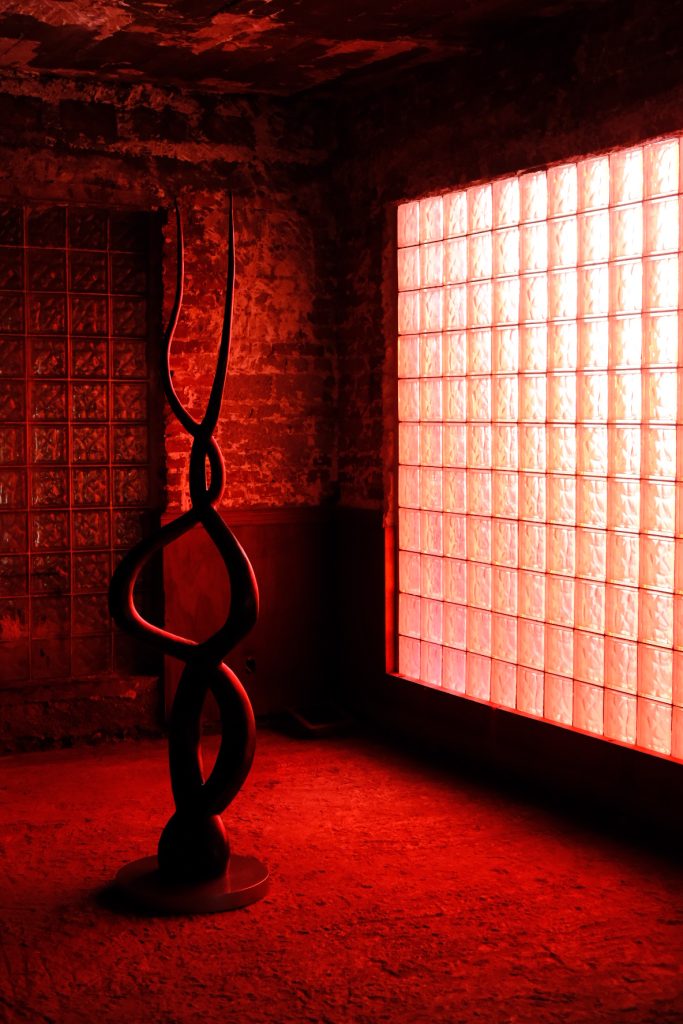
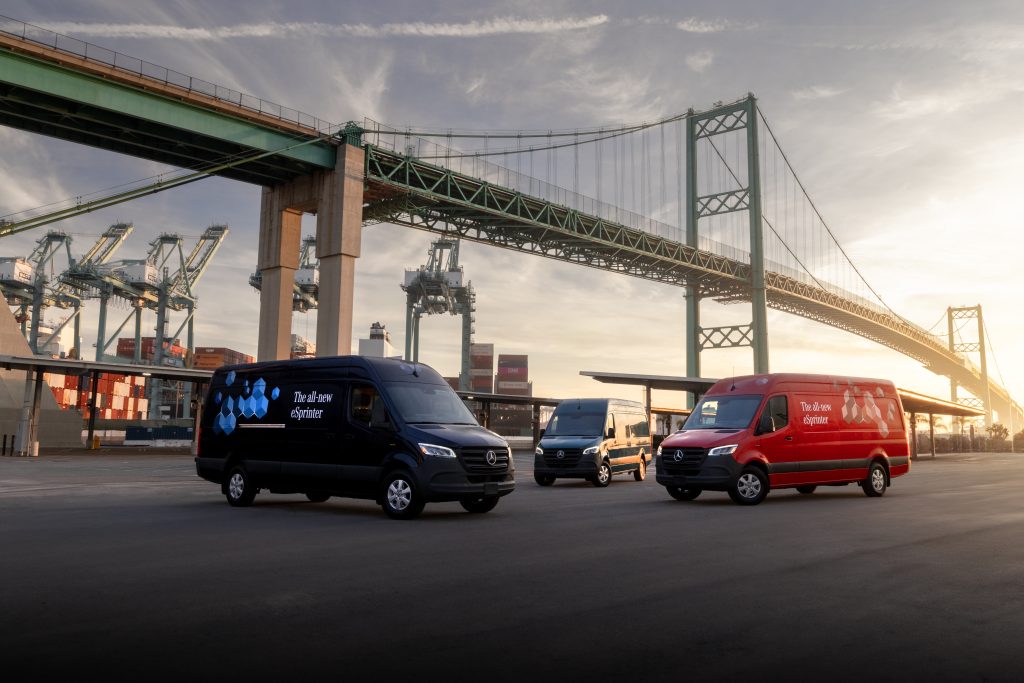

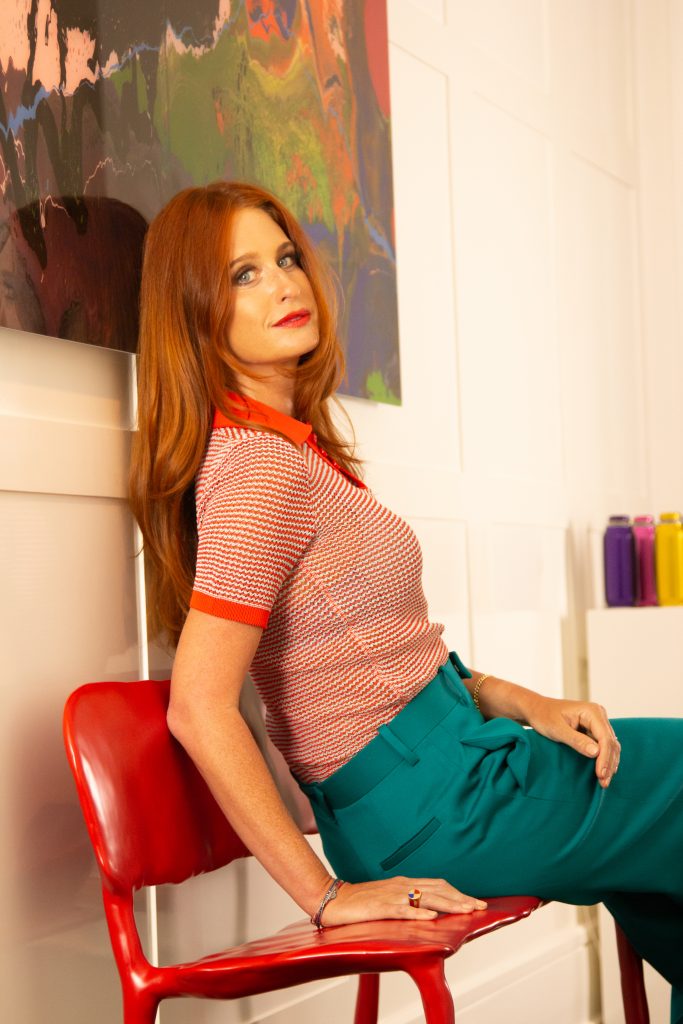



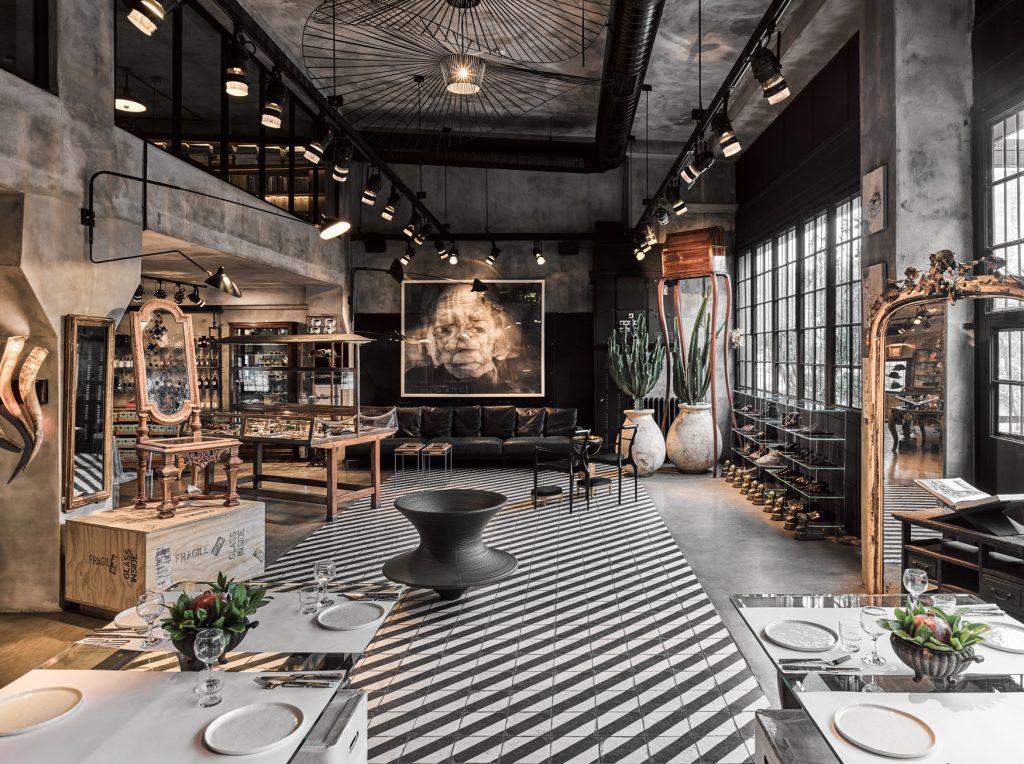

What are your thoughts?